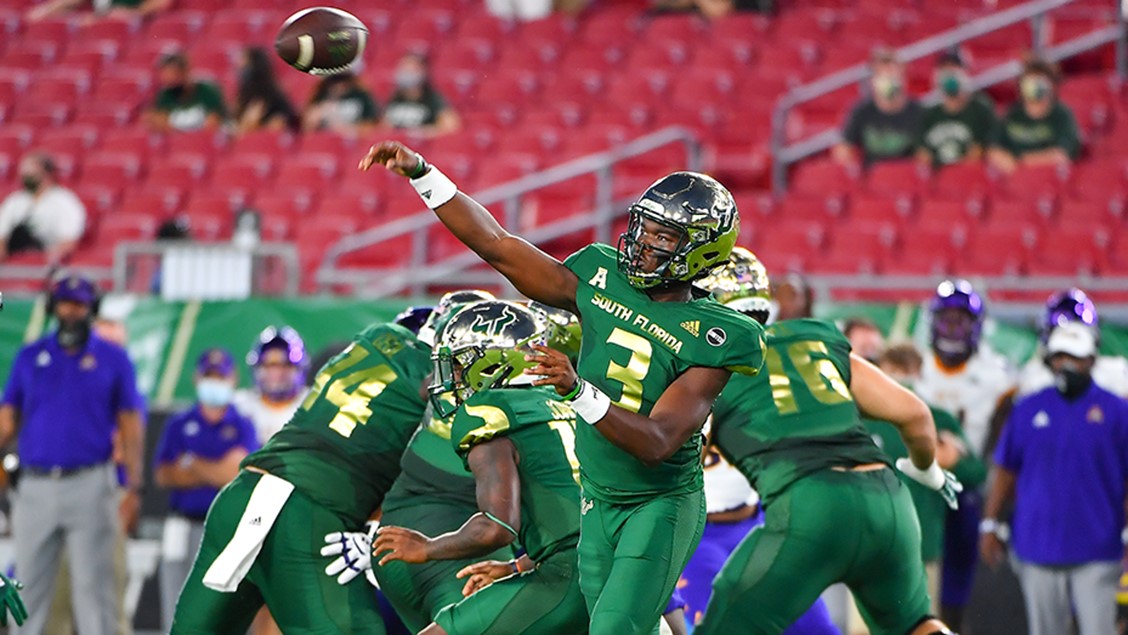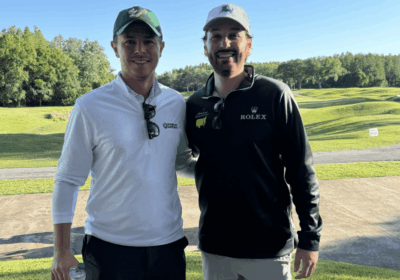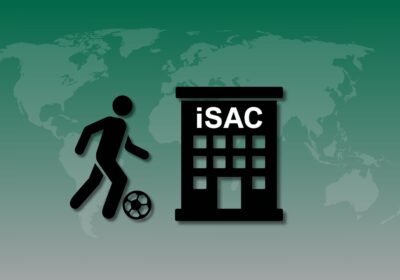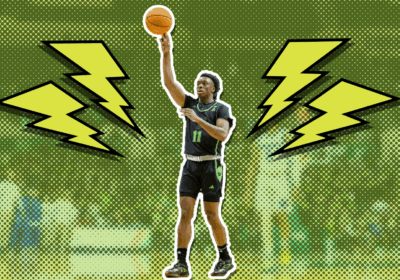USF comes up short despite second-half surge in 58-46 loss to UCF

Before Friday night, USF hadn’t been back at Raymond James Stadium since the Homecoming game against Tulsa on Oct. 23.
A bye week, a streak of away games and a cancellation kept the Bulls away from home. They had one last chance to make a splash in front of the Tampa crowd against UCF in the annual War on I-4.
In a way, USF did make a splash.
But a second-half surge and a career performance from quarterback Jordan McCloud weren’t enough to secure a win, and USF (1-8, 0-7) came up short 58-46 against UCF (6-3, 5-3) on Friday.
“We talked about at halftime that we were going to come out and we were going to stop them on defense and get the ball back, we were going to go score, we’re going to get it to a one-score game in the fourth quarter,” coach Jeff Scott said. “That’s exactly what we did.”
At one point in the second quarter, USF was down by three touchdowns. That was after UCF scored 28 unanswered points in the first half. But five minutes into the fourth quarter, the Bulls trailed by a score, thanks to a touchdown hauled in by running back Brian Battie.
The prospect of catching up to the Knights was all but tarnished after a fumble by Kelley Joiner around midfield with 9:01 left on the clock. Very quickly, the chance at a comeback was razor-thin.
That journey to a potential comeback was given life by way of McCloud, who was responsible for three touchdowns following UCF’s unanswered run — one by air in the second, and two in the third, one by land and another by air.
McCloud, who was the off-and-on starter since before the Temple game in mid-October, had the best game of his college career. He went 32-of-46 for 404 yards and four touchdowns. By land, he hauled in a touchdown on a 3-yard play and secured a 2-point conversion on USF’s final touchdown with 14 seconds left in the game.
McCloud was also the first quarterback to throw for four touchdowns since Quinton Flowers did so in the 2017 Birmingham Bowl.
In addition to McCloud’s 400-plus-yard performance, the Bulls finished with 646 total yards, the sixth-highest in a game in program history.
The Bulls had 345 yards in the second half, and McCloud was at the helm of a surge where he went 14-of-18 for 185 yards and two touchdowns. USF scored 32 points in the second half alone.
The same energy wasn’t entirely missing in the first half — the Bulls had 301 total yards through two quarters — but it didn’t start out ideally for either team. On their first drive, the Bulls rolled their way to the opposing 25-yard line and were held to fourth-and-7. USF went for a fake field goal, but the pass was thrown short and to the ground. The Knights’ opening drive halted around midfield, and they were forced to punt.
Then the Bulls struck first, a 23-yard pass from McCloud to receiver DeVontres Dukes.
But the Knights weren’t far away. A 27-yard dash from Bentavious Thompson two minutes later tied it at 7-7.
From there, UCF would keep the game just out of reach. It was a lead the Knights would never relinquish, but the Bulls, even when the game was in the bag, continued to push and played arguably one of their best games all season.
“Even though the game was already over, my favorite drive of the game was the last drive,” Scott said. “The offense went down there and played like the game was on the line and scored a touchdown, went for two. That’s something we’re gonna build off of.”
The energy in the second half wasn’t enough to provide a win. But for Scott, it was enough to show that the process of building the team he envisions is starting to show.
“I’m very confident that we made a lot of progress this season,” he said. “When you’re building a foundation, which is really what we’ve been doing since we got back in June, a lot of that foundation is when you’re pouring concrete underneath the ground level and you don’t see things building on top of that foundation until later in the process.
“Today was the first day that you started to see things slowly start building on top of that foundation.”







